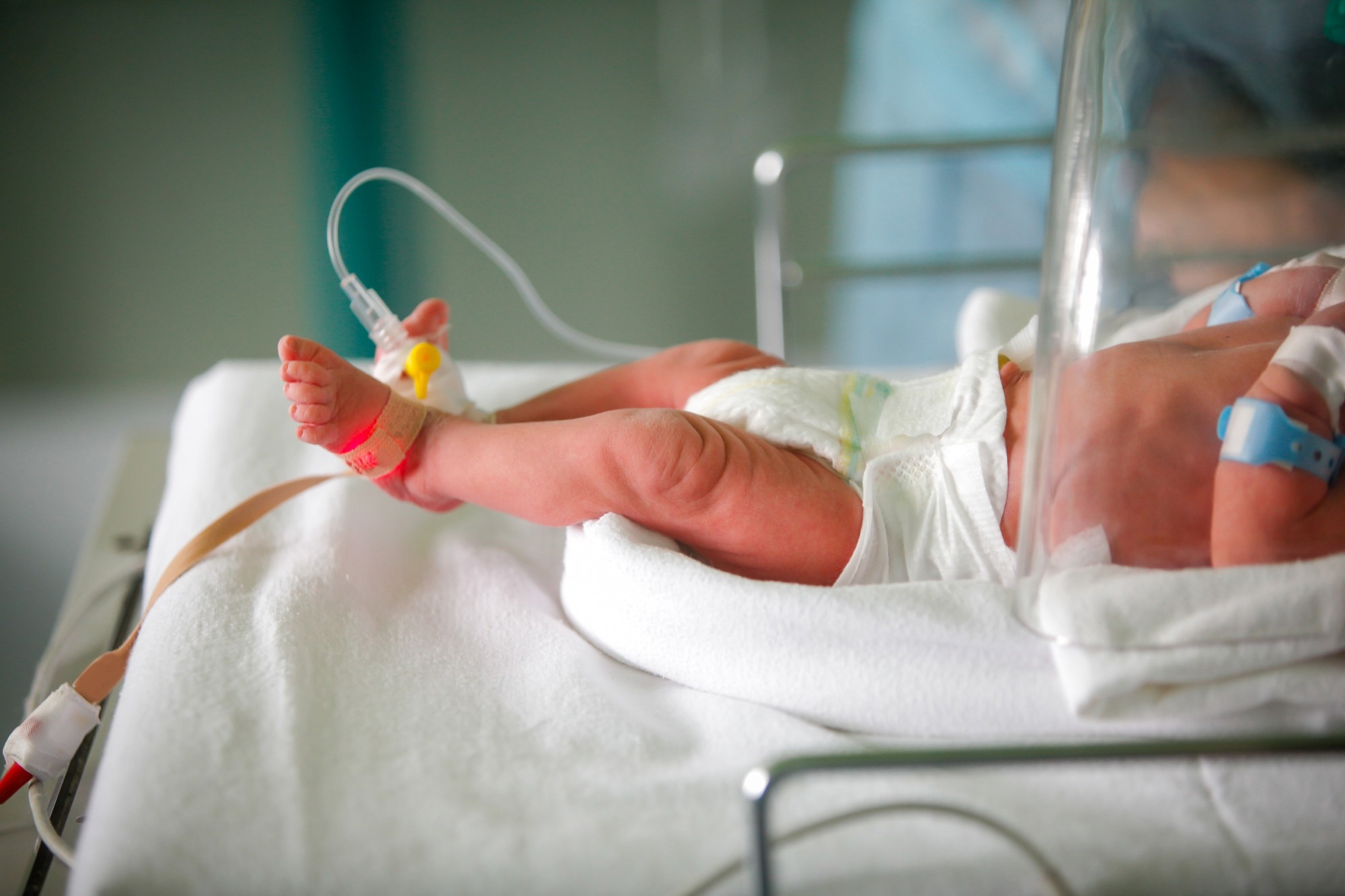In a recent study published in eBioMedicine, researchers from the United States of America (USA) analyzed human data to investigate the role of interleukin (IL)-6 and IL-1α in sterile intraamniotic inflammation (SIAI), a condition associated with preterm birth (PTB).
Further, they examined the effect of anti-IL-6 receptor monoclonal antibody (aIL-6R) in preventing preterm births and adverse neonatal outcomes in mouse models.
They found that IL-6 played a crucial role in human SIAI, and treatment with aIL-6R could significantly lower IL-1α-induced preterm births in mice.
Study: Blockade of IL-6R prevents preterm birth and adverse neonatal outcomes. Image Credit: Mircea Moira/Shutterstock.com
Background
PTB is a leading cause of infant mortality across the globe and is associated with several long-term consequences in early and adult life. Evidence suggests that intraamniotic inflammation is causally related to preterm labor and birth.
When such an inflammatory response is commonly triggered by an increase in “alarmins” in the absence of microbes, the condition is called SIAI, which currently has no approved treatment.
IL-6 is a cytokine regulating the time of birth that is also used as a reliable marker for intraamniotic inflammation, and IL-1α is an alarmin linked to PTB.
Although cytokine analysis studies have revealed that SIAI is correlated with increased levels of IL-6 and IL-1α in the amniotic fluid, the mechanisms underlying SIAI and the utility of blocking IL-6 signaling to prevent PTB remain to be explored.
This blocking-based approach has been previously used for treating pregnant individuals with other inflammatory conditions. Therefore, researchers in the present study evaluated the translational value of this approach in treating patients with SIAI to prevent PTB and examined the role of IL-1α and IL-6 as mediators of SIAI.
About the study
To study the expression of IL-6 in chorioamniotic membranes, the researchers analyzed publicly available data of single-cell ribonucleic acid sequencing (scRNA-seq) of samples from PTB patients and preterm labor mouse models.
In the experimental part of the study, pregnant female mice were randomized into control (n = 6) and test groups (n=6). Murine models of SIAI-induced preterm birth were developed by ultrasound-guided intraamniotic injection of IL-1α in C57BL/6 mice.
Similarly, lipopolysaccharide (LPS) of E. coli origin was injected in mice to develop models of microbe-induced intraamniotic inflammation. Six hours post-injection with IL-1α or LPS, mice in the test group were injected intraperitoneally with aIL-6R.
The rate of PTB in the mother mice and mortality in the progeny were measured by video monitoring. Neonatal outcomes in the pups were measured regarding survival, weight, head biparietal diameter, and neuromotor behavior.
Free radical levels in the fetal brain were measured using quench-assisted magnetic resonance imaging (QUEST MRI). Gene expression profiling retrieved and analyzed maternal-fetal tissues (before PTB) and neonatal tissues (on day 21). The neonatal gut microbiome was characterized using metagenomics tools and bacterial community analysis.
The concentrations of IL-6, IL-1β, and tumor necrosis factor (TNF) were measured in amniotic fluid samples. The statistical analyses involved Fisher’s exact test, Mann-Whitney U-test, Kaplan-Meier survival curves, principal component analysis, and the Gehan-Breslow-Wilcoxon test.
Results and discussion
The study shows that various cells within the chorioamniotic membranes express IL6, and the expression varies in preterm and term labor. Corroborating with previous evidence, increased IL-1α levels were found in patients with SIAI versus those without the condition. The intraamniotic injection of IL-1α in mice induced PTB and neonatal mortality in a dose-dependent manner.
Further, the adverse perinatal effects of elevated IL-1α levels were mitigated by blocking IL-6R using the antibody aIL-6R. While neonatal mortality was reduced by 34%, PTB was decreased by 43%, thereby extending the gestational length of the test mice up to that of control mice.
According to the study, the mechanism underlying the prevention of PTB by IL-6R blockade is the potential dampening of the common labor pathway induced by IL-1α in the uterus, cervix, and fetal membranes.
Notably, the injection of LPS resulted in increased neonatal mortality and PTB, but aIL-6R treatment did not alter these outcomes. Fetal brain oxidative stress was observed in LPS-injected mice but not in IL-1α-injected mice, indicating the need for distinct therapeutic approaches for microbe-induced and alarmin-induced intraamniotic inflammation.
The treatment with aIL-6R was also found to protect against fetal growth restriction, enabled by the capacity of aIL-6R to transfer from the mother to the fetus. Furthermore, the homeostasis of the neonatal gut microbiome was found to be restored, and adverse neonatal outcomes were found to be prevented by the aIL-6R treatment.
Conclusion
In conclusion, the study provides mechanistic evidence that adverse fetal and neonatal outcomes associated with SIAI can be prevented by blocking IL-6R via treatment with an antibody.
The findings emphasize the crucial role of IL-6 signaling in SIAI-associated PTB and underscore the need and utility of repurposing pregnancy-safe anti-inflammatory drugs for the prevention of SIAI and PTB.
Further research is required to confirm these findings and support the potential utility of aIL-6R treatment in clinical settings.
